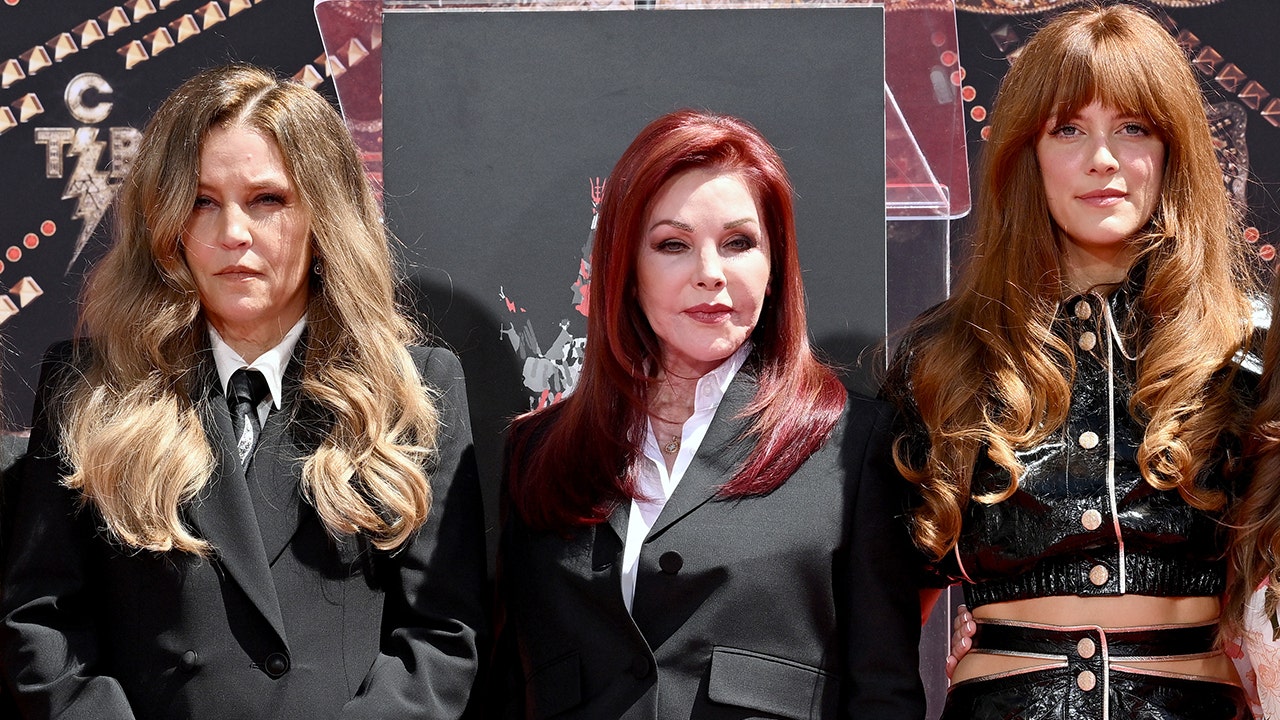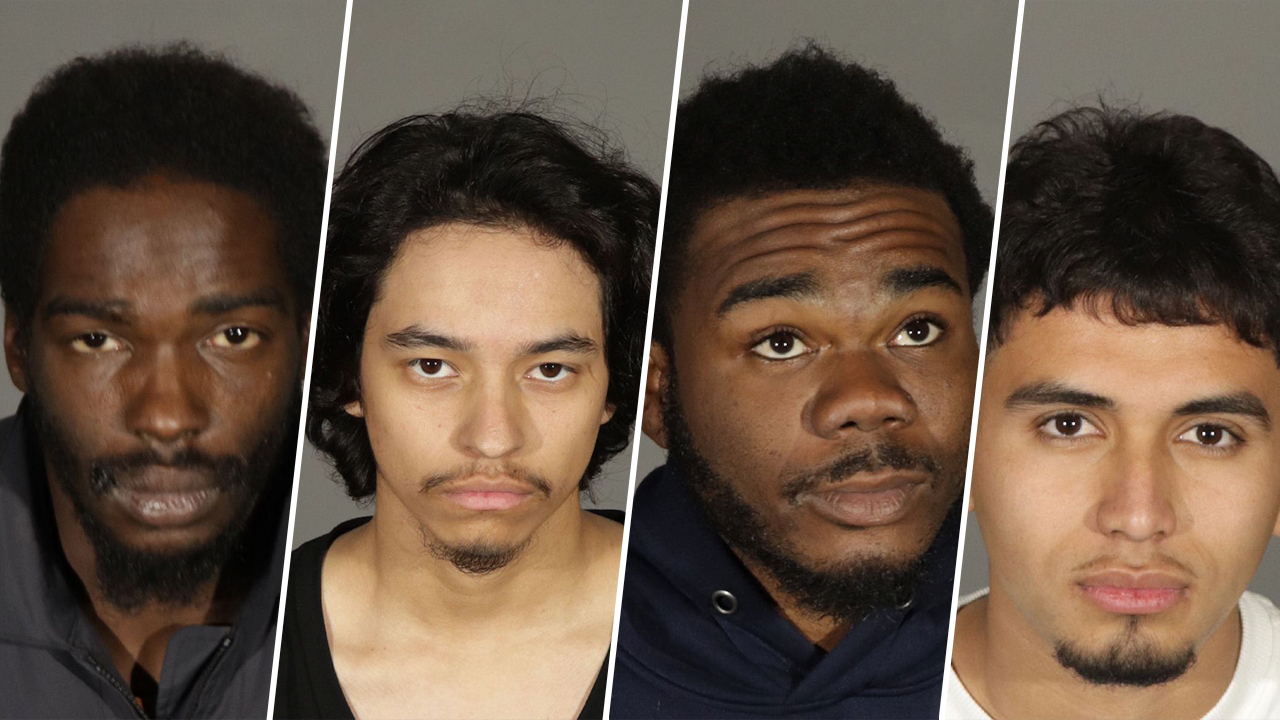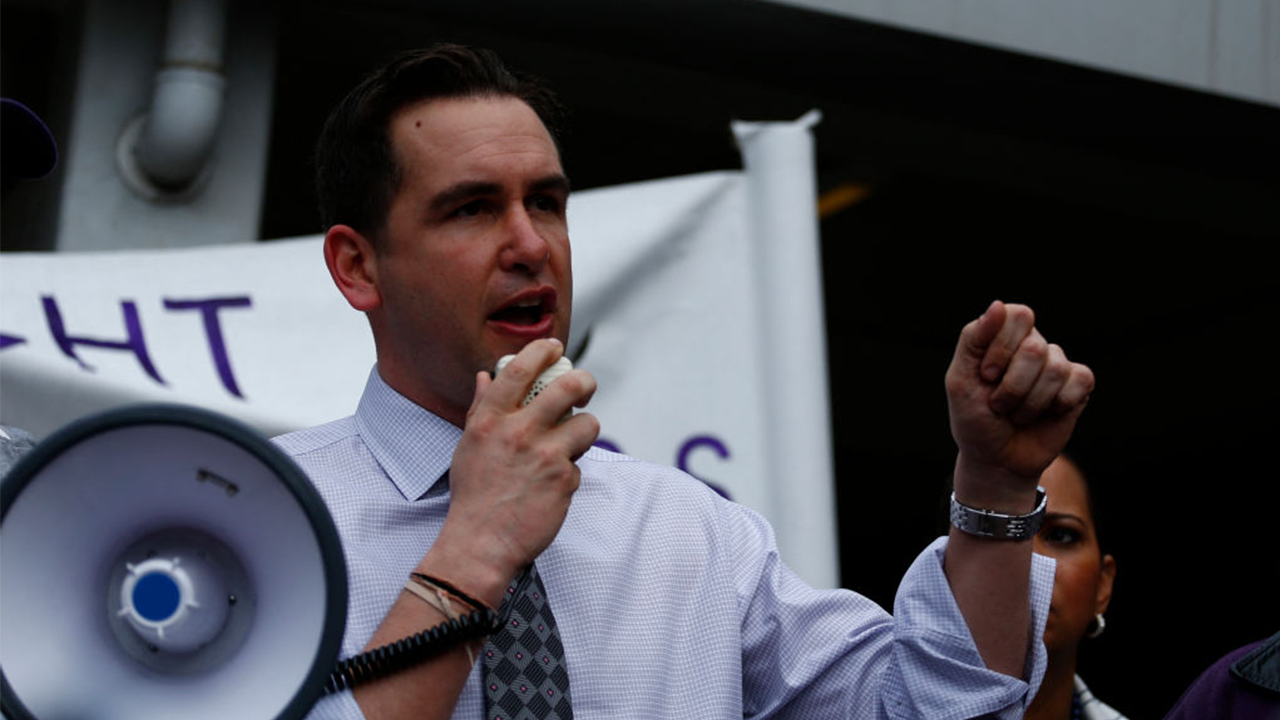That’s the question presented to a three-judge panel on the Fourth Circuit Court of Appeals on Thursday by a West Virginian seeking to have his rights restored after being involuntarily committed to a mental institution on four separate occasions.
James Gould is bringing a facial challenge to 18 U.S.C. § 922(g)(4), which bars firearm possession by anyone who’s been adjudicated as a “mental defective” or who’s been “committed to a mental institution”. That doesn’t apply to those who’ve voluntarily sought mental health treatment in either an inpatient or outpatient setting, but anyone who’s ever been committed by a court, board, commission, or other lawful authority essentially loses their Second Amendment rights forever, even if their underlying illness is treated, unless they can receive relief from their federal firearm disability through federal or state programs that meet the requirements of the NICS Improvement Act of 2007.
The problem is that the federal relief program has been unfunded by Congress for decades, and there are only 33 states that have their own disability relief programs, so depending on where someone lives it may be impossible for them to ever have their rights restored.
Gould is hoping to change that, arguing the statute violates the Second Amendment’s protections.
Chief U.S. Circuit Judge Albert Diaz, a Barack Obama appointee, questioned whether an as-applied challenge is a better vehicle for Gould. Unlike in an as-applied challenge, where the judges consider the specifics of the challenger’s case, to successfully challenge a law on its face the challenger must show that it is unconstitutional in all applications.
“You seem to be toggling back and forth between an as-applied and facial challenge,” Diaz told public defender Lex Coleman, representing Gould. “The question is, is this statute in its most extreme or most favorable application by the government constitutional, notwithstanding that there might be nuances.”
Gould claims the sweeping prohibition doesn’t allow for the possibility that those involuntarily committed can recover from their mental illness.
“That someone is deprived of a gun while they’re under a commitment order and in a mental hospital, well, that makes plenty of sense,” Coleman said. “That order doesn’t end until someone is deemed to no longer be a danger to themselves and the community, and yet we are depriving them lifelong.”
It doesn’t make a whole lot of sense that someone who checks themselves into a mental health facility to get treatment can purchase a firearm as soon as they’re released, but someone who was involuntarily committed is considered dangerous for the rest of their life, even if they’ve been successfully treated.
One judge on the panel argued, however, if they were to deem the statute facially unconstitutional, and not just as it applies specifically to Gould, then virtually everyone released after an involuntary commitment would have their Second Amendment rights restored.
U.S. Circuit Judge Toby Heytens, a President Joe Biden appointee, pointed out that if medical professionals knew their determination would mean the patient is entitled to own a firearm when released, they might come to a different conclusion.
“It strikes me as almost impossible to imagine that the people who decided to release John Hinckley did not take into a fact that it would be illegal for him to have a gun after he was released,” Heytens said.
In other words, if the involuntarily committed can lawfully possess a firearm after they’re released, we might see fewer people released from mental institutions.
On the other hand, shouldn’t these same medical professionals already take into account the fact that patients, once released, can lawfully obtain any number of things they can use to hurt themselves or others; from knives, matches, and gasoline to rope, pills, tire irons, and baseball bats. And shouldn’t they at least acknowledge the potential for those patients to illegally obtain a gun once they’ve been released?
Or, to put it another way, if someone is too dangerous to be trusted with a firearm, why should they be out on the streets to begin with? And once someone has been deemed safe enough to be released from their confinement in a mental institution, why shouldn’t they have all of their rights restored?
Heytens, like Diaz, wondered if the statute is better examined on a case-to-case basis. Heytens brought up a hypothetical where a person is involuntarily committed as an intoxicated college student but then spends the rest of their life as an upstanding citizen.
“There probably are some people who might have some pretty compelling as-applied challenges,” Heytens said. “It’s not clear though why there’s no one that this statute could be constitutionally applied to.”
Coleman said the statute wrongfully presumes those who have spent time in an institution as permanently dangerous. Coleman pointed to founding-era laws that allowed the government to take guns from those excessively intoxicated temporarily.
“It is the mental state at the time of the committment that makes them dangerous,” Coleman said. “It’s the structure of the statute and how it defines the disability that makes it unfairly inapplicable.”
In order for Gould to successfully raise a facial challenge to 18 U.S.C. § 922(g)(4), his attorney has to show that its application is always unconstitutional. That’s a pretty high bar, and it sounds like at least two of the judges are skeptical of Gould’s arguments. The panel appeared much more open to an as-applied challenge from Gould or others, however.
A successful as-applied lawsuit might very well compel Congress to revisit the issue and remove the law’s blanket prohibitions on gun possession for those who’ve been involuntarily committed to a mental facility at some point in their past; either repealing the prohibition outright or requiring an individualized finding of dangerousness as well as the opportunity to appeal and revisit that finding if they can show they’ve successfully treated their underlying condition.
Read the full article here










